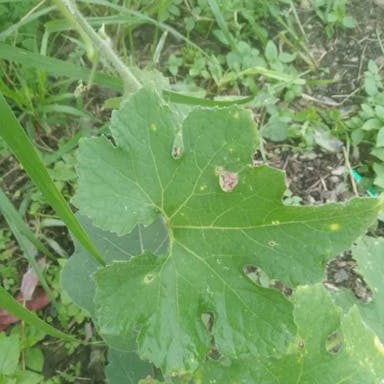Tropical-apricot thrives in well-draining soil with a pH level between 6.0 and 7.0. It requires a rich, loamy soil that is high in organic matter to support its growth and development. Fertilize Tropical-apricot with a balanced fertilizer, such as a 10-10-10 NPK formula, in early spring before new growth appears. Apply the fertilizer at a rate of 1 pound per 100 square feet of planting area, ensuring it is evenly distributed. During the growing season, apply a water-soluble fertilizer every 4-6 weeks to promote healthy foliage and fruit production. Avoid over-fertilizing, as it can lead to nutrient imbalances and potentially harm the plant.
0
0












